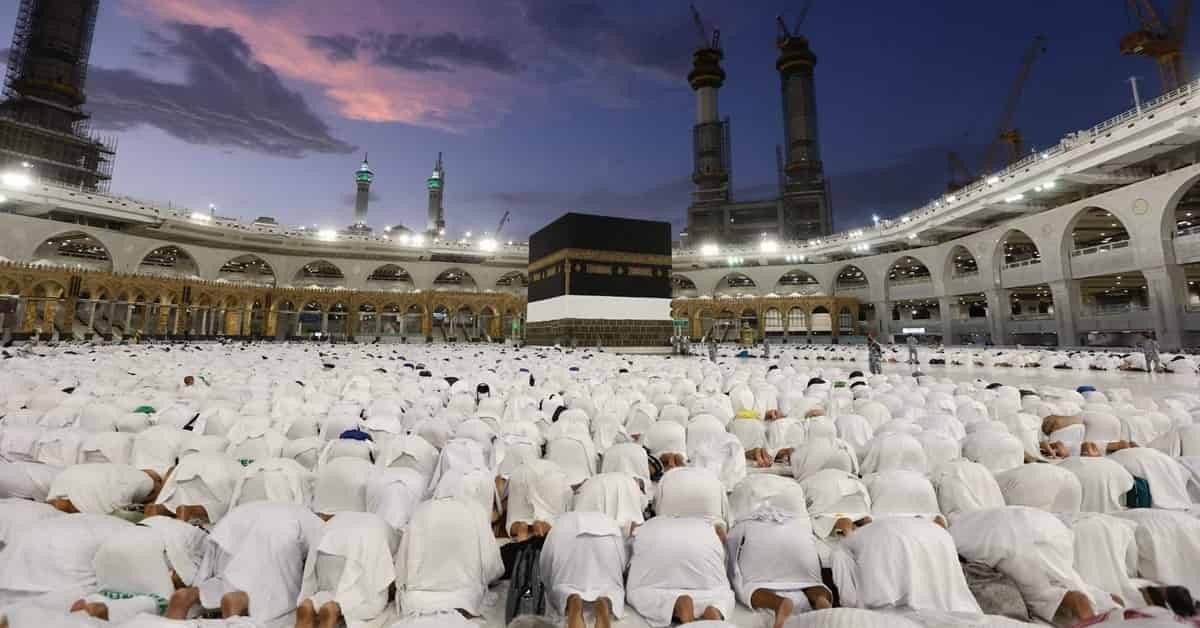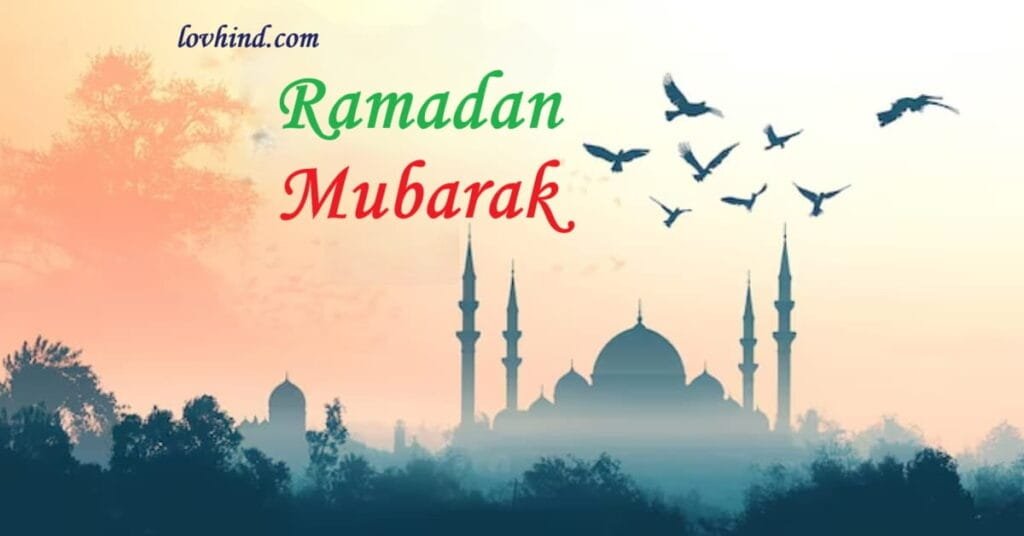Hajj is one of the five pillars of Islam and is a significant religious duty for Muslims. It involves a series of rituals performed in Mecca and its surroundings during specific days of the Islamic month of Dhu al-Hijjah. Here’s an in-depth guide on everything about Hajj.
Overview of Hajj
- Definition: Hajj is an annual Islamic pilgrimage to Mecca, mandated for all Muslims who are physically and financially capable of undertaking it at least once in their lifetime.
- Significance: It symbolizes unity, equality, and submission to Allah. Hajj serves as a time for spiritual reflection, renewal of faith, and seeking forgiveness.
Key Components of Hajj
- Five Pillars of Islam: Hajj is one of the fundamental acts of worship in Islam, along with the declaration of faith (Shahada), prayer (Salah), almsgiving (Zakat), and fasting during Ramadan.
Rituals of Hajj
Hajj consists of several essential rituals performed over five to six days:
1. Ihram
- What is Ihram?: A sacred state entered before commencing Hajj.
- Men: Wear two white, unstitched garments (one around the waist and the other draped over the shoulder) and sandals.
- Women: Wear simple, modest clothing that covers their bodies; no specific color is mandated.
- Intention: Pilgrims declare their intention (Niyyah) to perform Hajj and recite the Talbiyah:
- “Labbayk Allahumma Hajj” (Here I am, O Allah, to perform Hajj).
2. Talbiyah
- After entering Ihram, pilgrims continuously recite the Talbiyah, expressing their readiness for pilgrimage.
3. Arrival in Mecca
- Upon entering Mecca, pilgrims perform Tawaf al-Qudum (Arrival Tawaf) by circumambulating the Kaaba seven times.
4. Day of Tarwiyyah (8th of Dhu al-Hijjah)
- Pilgrims travel to Mina, a nearby tent city, where they spend the night in prayer and reflection.
5. Day of Arafah (9th of Dhu al-Hijjah)
- Pilgrims travel to the plain of Arafat and spend the day in prayer and supplication, asking for forgiveness and mercy. This day is the pinnacle of Hajj.
6. Standing at Arafat (Wuquf)
- Muslims believe that being present at Arafat, reflecting on their deeds, and making supplications is a key moment in Hajj.
7. Muzdalifah
- After sunset on Arafat day, pilgrims head to Muzdalifah, where they collect pebbles for the next ritual and spend the night under the open sky.
8. Day of Eid al-Adha (10th of Dhu al-Hijjah)
- Pilgrims perform the ritual of Rami al-Jamarat (stoning the devil) by throwing pebbles at three pillars representing Satan.
- Followed by the Eid al-Adha sacrifice (Qurbani), commemorating the willingness of Ibrahim (Abraham) to sacrifice his son Isma’il (Ishmael).
- Pilgrims then return to Mecca to perform Tawaf al-Ifadah.
9. Tawaf al-Ifadah
- This Tawaf is done after the stoning and sacrifice, symbolizing the pilgrim’s renewed state of purification.
10. Additional Days of Rami
- Pilgrims return to Mina for the next few days to continue the stoning ritual.
11. Tawaf al-Wada (Farewell Tawaf)
- Before leaving Mecca, pilgrims perform the Farewell Tawaf, which is a final act of devotion.
Important Themes and Values of Hajj
- Unity and Equality: Hajj emphasizes the equality of all Muslims, as they wear similar garments and perform the same rituals regardless of their social status, nationality, or race.
- Spiritual Reflection: It provides an opportunity for deep spiritual reflection, repentance, and renewal of faith.
- Community: Hajj fosters a sense of community and brotherhood among Muslims from around the world.
Preparations for Hajj
- Documentation: Ensure you have a valid passport and Hajj visa.
- Health & Safety: Get necessary vaccinations and plan for your health during the journey.
- Travel Arrangements: Book flights, accommodations, and transportation in advance.
Health and Safety Considerations
- Stay Hydrated: Drink plenty of water, especially in the heat of Saudi Arabia.
- Comfortable Footwear: Wear comfortable shoes, as you will walk a lot.
- Respect Guidelines: Follow local health and safety regulations.
Spiritual Preparation
- Educate Yourself: Study the rituals and significance of Hajj to deepen your understanding and enhance your experience.
- Intention: Focus on your intention to seek closeness to Allah and to reflect upon your life.
Here’s a list of frequently asked questions (FAQs) about Hajj, along with their answers:
FAQs About Hajj
1. What is Hajj?
Hajj is an annual pilgrimage to the holy city of Mecca in Saudi Arabia, which is obligatory for all Muslims who are physically and financially capable of performing it at least once in their lifetime.
2. When does Hajj take place?
Hajj occurs during specific days of the Islamic month of Dhu al-Hijjah, specifically from the 8th to the 13th day of the month.
3. What are the main rituals of Hajj?
The primary rituals of Hajj include:
- Ihram (entering a sacred state)
- Tawaf (circumambulating the Kaaba)
- Standing at Arafat (Wuquf)
- Stoning of the devil (Rami al-Jamarat)
- Sacrifice (Qurbani)
- Tawaf al-Ifadah
- Tawaf al-Wada (farewell Tawaf)
4. What is Ihram?
Ihram is a sacred state of purity and intention that pilgrims enter before performing Hajj. It involves wearing specific garments: men wear two unstitched white garments, while women wear modest clothing.
5. Do I need to be physically fit to perform Hajj?
Yes, Hajj involves a lot of walking and physical activity. It is important to be in good health and able to manage the physical demands of the pilgrimage.
6. How should I prepare spiritually for Hajj?
Educate yourself about the rituals and significance of Hajj, increase your prayers, and make sincere intentions to seek forgiveness and growth in faith.
7. Can I perform Hajj with a group?
Yes, many people travel to Hajj with family, friends, or organized groups. Group travel can help provide support and guidance throughout the pilgrimage.
8. Is there a specific order for the rituals of Hajj?
Yes, while certain rituals can be performed in different ways, following the prescribed order is important. The sequence of rituals should ideally be observed as described in Hajj literature.
9. What if I cannot perform Hajj due to health or other reasons?
If you are unable to perform Hajj due to health issues, financial constraints, or other valid reasons, you may be exempted. In some cases, you can appoint someone to perform Hajj on your behalf.
10. How does one go about registering for Hajj?
You must apply through authorized agencies or organizations that handle Hajj pilgrimages. Be sure to check the requirements and deadlines for registration.
11. Are there specific clothing requirements for women during Hajj?
While there is no specific dress code, women should dress modestly and avoid clothing that is tight or revealing. They can wear their choice of clothing as long as it meets the standards of modesty.
12. Can I bring my family to Hajj?
Yes, families can travel together for Hajj, though arrangements need to be made for travel and accommodation.
13. What should I do if I feel overwhelmed during Hajj?
Take breaks, find quiet places for reflection, and stay hydrated. Make du’a (supplication) for peace and clarity.
14. Can I take photographs during Hajj?
Taking photographs is generally allowed, but be respectful of the sacred environment and avoid disrupting others.
15. What should I do before leaving Mecca?
Before leaving, you should perform the Tawaf al-Wada (farewell Tawaf) at the Kaaba as a final act of devotion.
Conclusion
Hajj is a transformative experience filled with spiritual significance, communal unity, and personal reflection. It offers Muslims a chance to seek forgiveness, fulfill religious obligations, and renew their faith.


